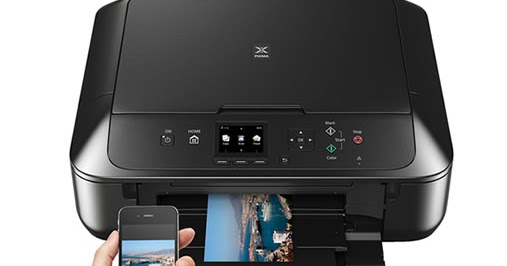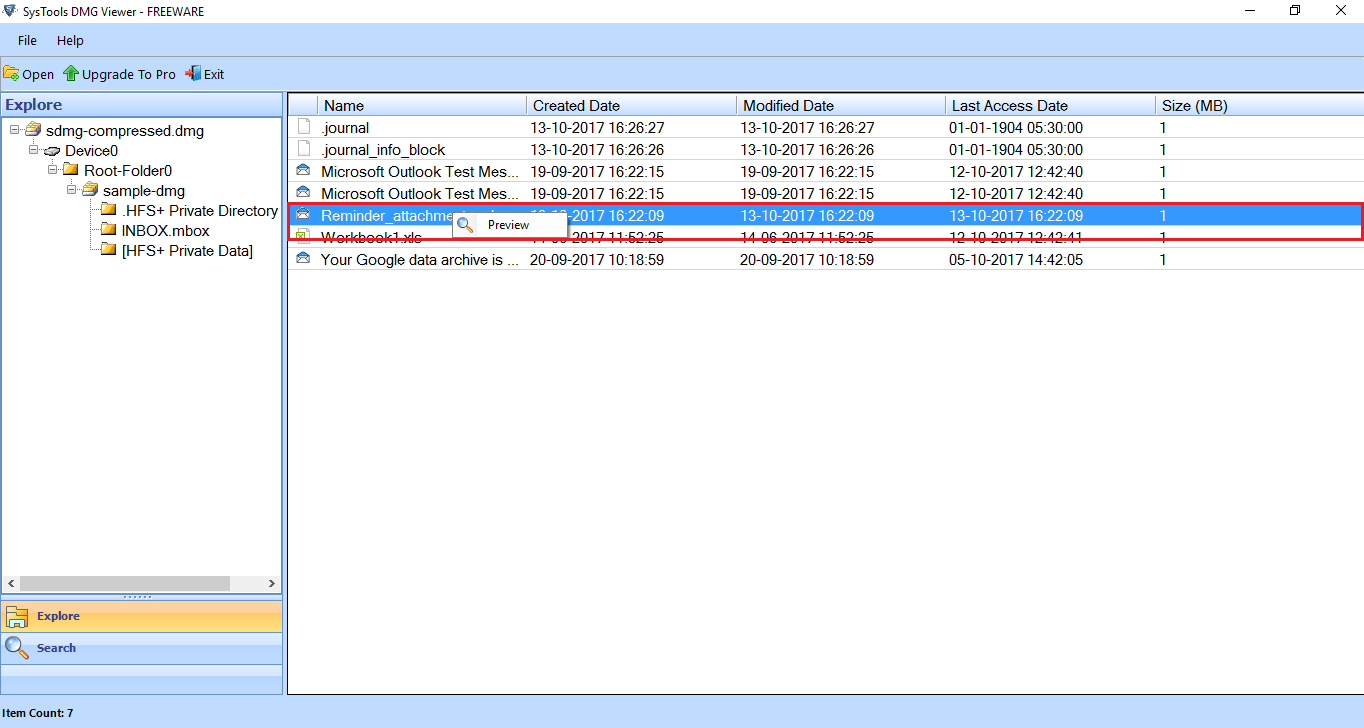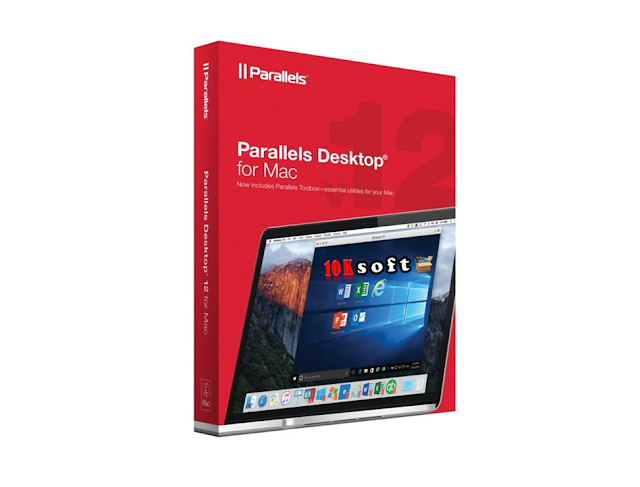
You can determine which version of the JDK is the default by typing java -version in a Terminal window. It is possible for the version of the JRE to be different than the version of the JDK. When launching a Java application through the command line, the system uses the default JDK. There can be multiple JDKs installed on a system, as many as you wish. See "Note for Users of OS X that Include Apple Java 6 Plug-in". If you have not yet installed Apple's Java OS X 2012-006 update, then you are still using a version of Apple Java 6 that includes the plug-in and the Java Preferences app.

OldFoss hosts the current Audacity version and all previous versions from 2.1.2 onwards.Determining the Default Version of the JDK.FFmpeg import/export library – Allows Audacity to import and export many additional audio formats such as AC3, AMR(NB), M4A and WMA, and to import audio from video files.Ħ4-bit version required for Audacity 2.3.1 and above.Plugins – Download additional effects and filters.Optional Downloads Plug-ins and Libraries To clean up the duplicates please see: Installing and updating Audacity on Mac.īefore deleting the Audacity folder from a previous installation, remember to move any optional plug-ins you added to its plug-ins folder to the new Audacity Plug-Ins folder at ~/Library/Application Support/audacity/Plug-Ins. You may also see non-working duplicates of other previously shipped plug-ins. Plugins: If you still have an “Audacity” installation folder for a version before 3.2.0, you will see working duplicates of Audacity’s shipped Nyquist plug-ins in the Generate, Effect or Analyze Menu. Eject the DMG at bottom left of Finder, then launch Audacity.app from /Applications or from your chosen location.Do not double-click the “Audacity” icon in the DMG to launch Audacity from there.


Alternatively, drag the “Audacity.app” icon to any other location of your choosing.


 0 kommentar(er)
0 kommentar(er)
